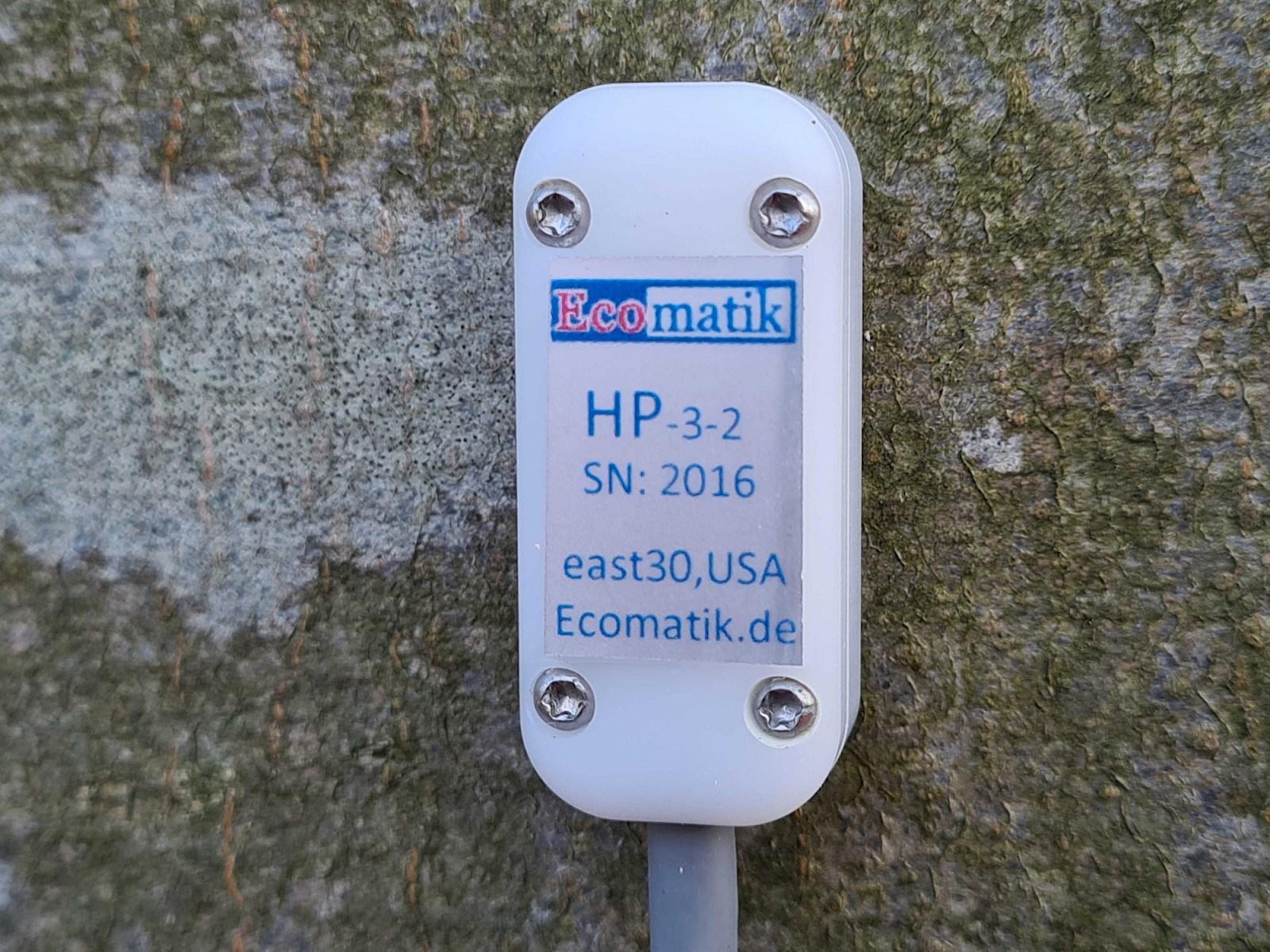Category
Sap flow sensors
🌿 Sap Flow Sensors – Accurate Monitoring of Liquid Flow in Trees
The primary function of all sap flow sensors is to measure temperature changes along the tree after applying heat to a specific point. This process is based on the principle that the applied heat is transferred by the sap moving through the tree, and the rate of heat transfer correlates with the sap flow rate.
📦 Contact Information
For advice, questions, or quotes, please send your request to:
- Email: [email protected]
- Phone: +385 97 649 9425
Available Models:
SF-G & SF-L Sap Flow Sensors (Granier’s Principle)
- SF-G Model: This model is based on the classic sensor developed by André Granier in 1985, featuring two insertion needles.
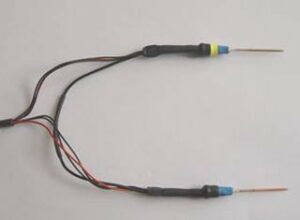
- SF-L Model: An enhanced version of the Granier sensor with four needles. Patented improvements correct natural vertical temperature gradients in the tree sap. Without these corrections, natural temperature variations can cause measurement errors of up to 50%. The SF-L sensor provides more accurate data by measuring and adjusting for these gradients.
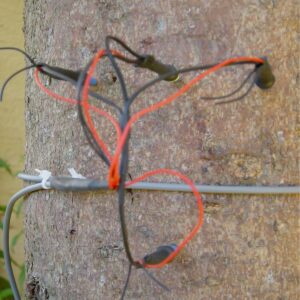
Advantages of SF-L Model:
- Higher accuracy in sap flow measurement.
- Correct determination of zero sap flow using additional dendrometer measurements.
- Enables measurement of nighttime sap flow.
Limitations of SF-G Model:
- Measurement values can overlap with natural vertical temperature fluctuations, leading to errors of over 50%.
- Nighttime sap flow cannot be measured as nighttime values must be set to zero.
Limitations of SF-L Model:
- Not suitable for trees with diameters smaller than 8 cm.
- Requires 3 data recording channels per sensor.
SF-HP-N3D2 & SF-HP-N3D3 – Heat Pulse Sap Flow Sensors
These sap flow sensors work on the principle of a heat pulse instead of constant heating. A brief heat pulse is applied, and the spatial spread of the heat is measured to determine sap flow speed and direction. Multiple measuring points along the needles allow for a detailed radial profile of sap flow.
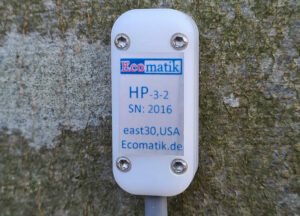
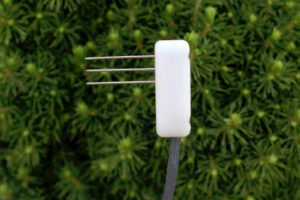
Advantages of HP Sensors:
- Significantly reduced power consumption compared to constant-heating sensors (e.g., TDP sensors).
- Equipped with multiple measurement points to capture the radial depth profile of sap flow.
- Capable of detecting reverse flow and utilizing the “Dual Method Approach” for accurate measurements across all flow rates.
HP Sensor Customization:
- Needle lengths and measurement point positions can be adjusted upon request for plants with smaller diameters.
Limitations:
- Measurements cannot be conducted continuously; the maximum time resolution is 10 to 15 minutes.
🌿 Benefits of HP Sap Flow Sensors:
- Lower energy consumption.
- Stronger analog output signals (in the volt range).
- Durable and resilient sensors.
Other products
-
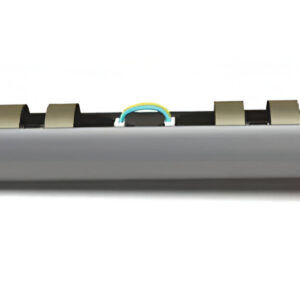
Hydrascout soil moisture probe
Hydrascout – Precizno praćenje vlage tla na više dubina Hydrascout sonda pru...
-
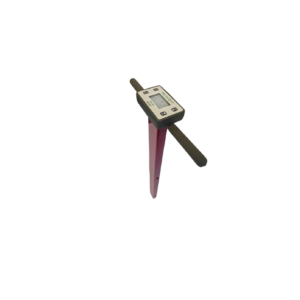
Mobile Soil Moisture Sensor – TDR 350 FieldScout
FieldScout TDR 350 je napredni mobilni senzor vlage tla koji omogućuje precizno...
-
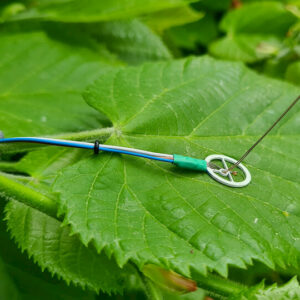
Other Ecomatik sensors
LAT-B3: Broadleaf Temperature and Air Sensor Our LAT-B3 sensor provides direct, ...
-
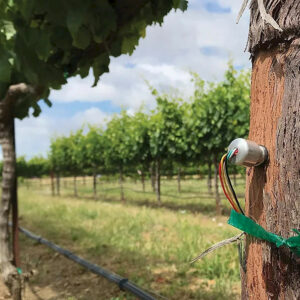
Plant water potential sensor
🌿 Plant Water Potential Sensor – FloraPulse Microtensiometer The FloraP...
-
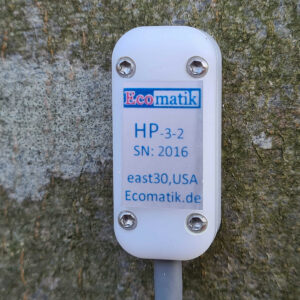
Sap flow sensors
🌿 Sap Flow Sensors – Accurate Monitoring of Liquid Flow in Trees The pr...
-
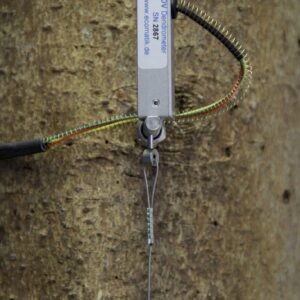
Dendrometer for measuring vertical changes – DV
The DV dendrometer is designed for precise and continuous measurement of vertica...
-
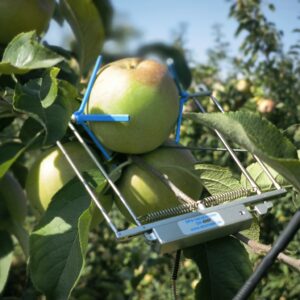
Dendrometer for fruits and vegetables – DF
DF series dendrometers are designed for precise and continuous measurement of fr...
-
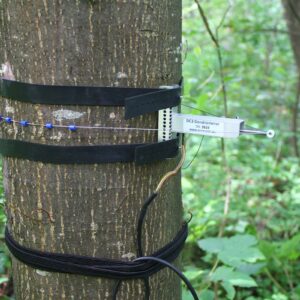
Dendrometer for measuring the circumference – DC
DC series dendrometers are designed for precise and continuous measurement of ch...
-
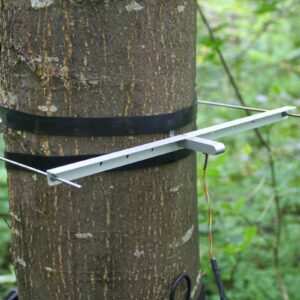
Dendrometer for measuring larger diameters – DD-L
DD-L dendrometers are devices designed for continuous and highly accurate measur...
-
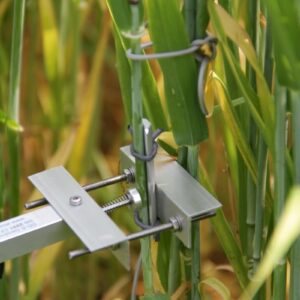
Dendrometer for measuring smaller diameters – DD-S
Dendrometer for Measuring Smaller Diameters – DD-S The DD-S series dendrometer...
-
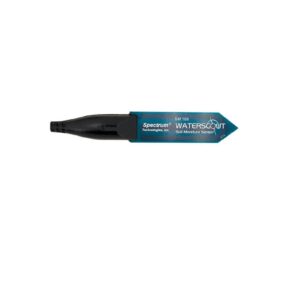
Soil moisture sensor (SM100)
The SM100 volumetric soil moisture sensor determines soil moisture using two ele...
-
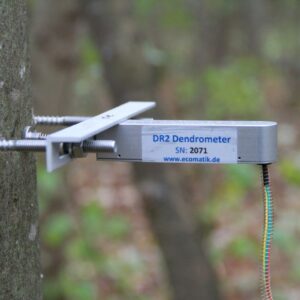
Dendrometer for radius measurement – DR
The DR series dendrometers are used for highly precise and continuous measuremen...






